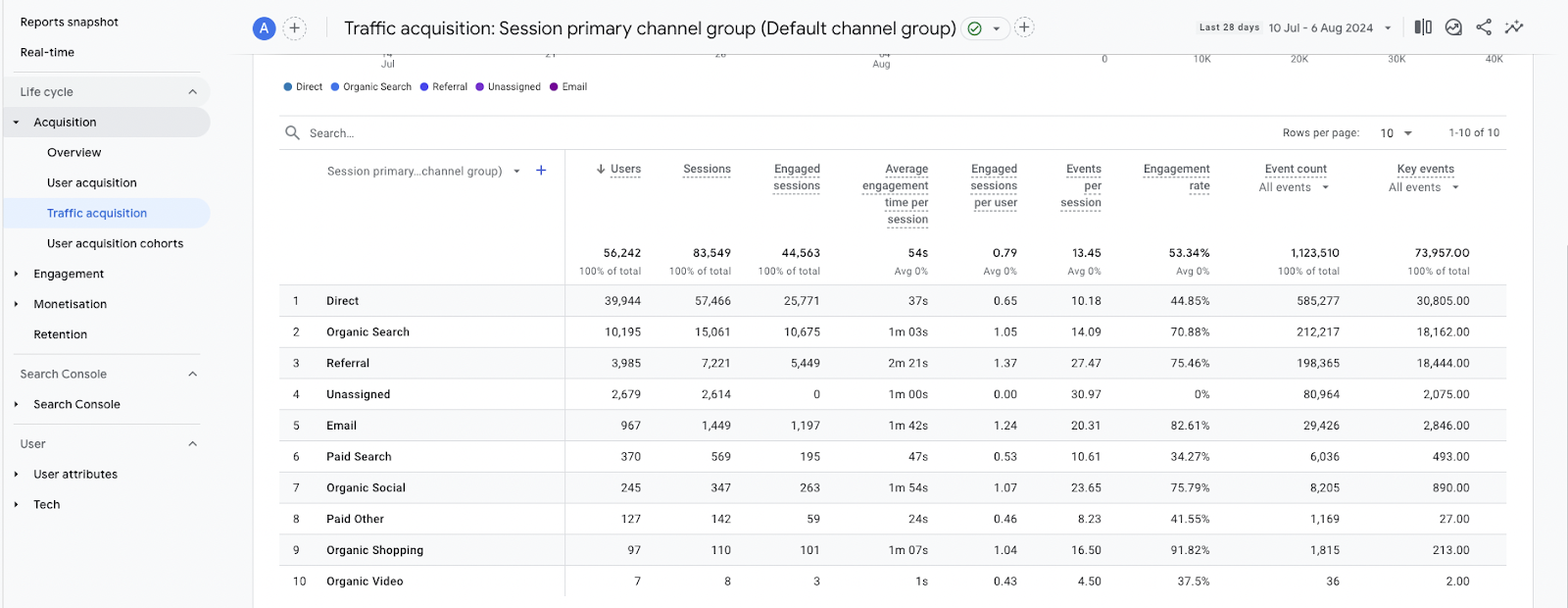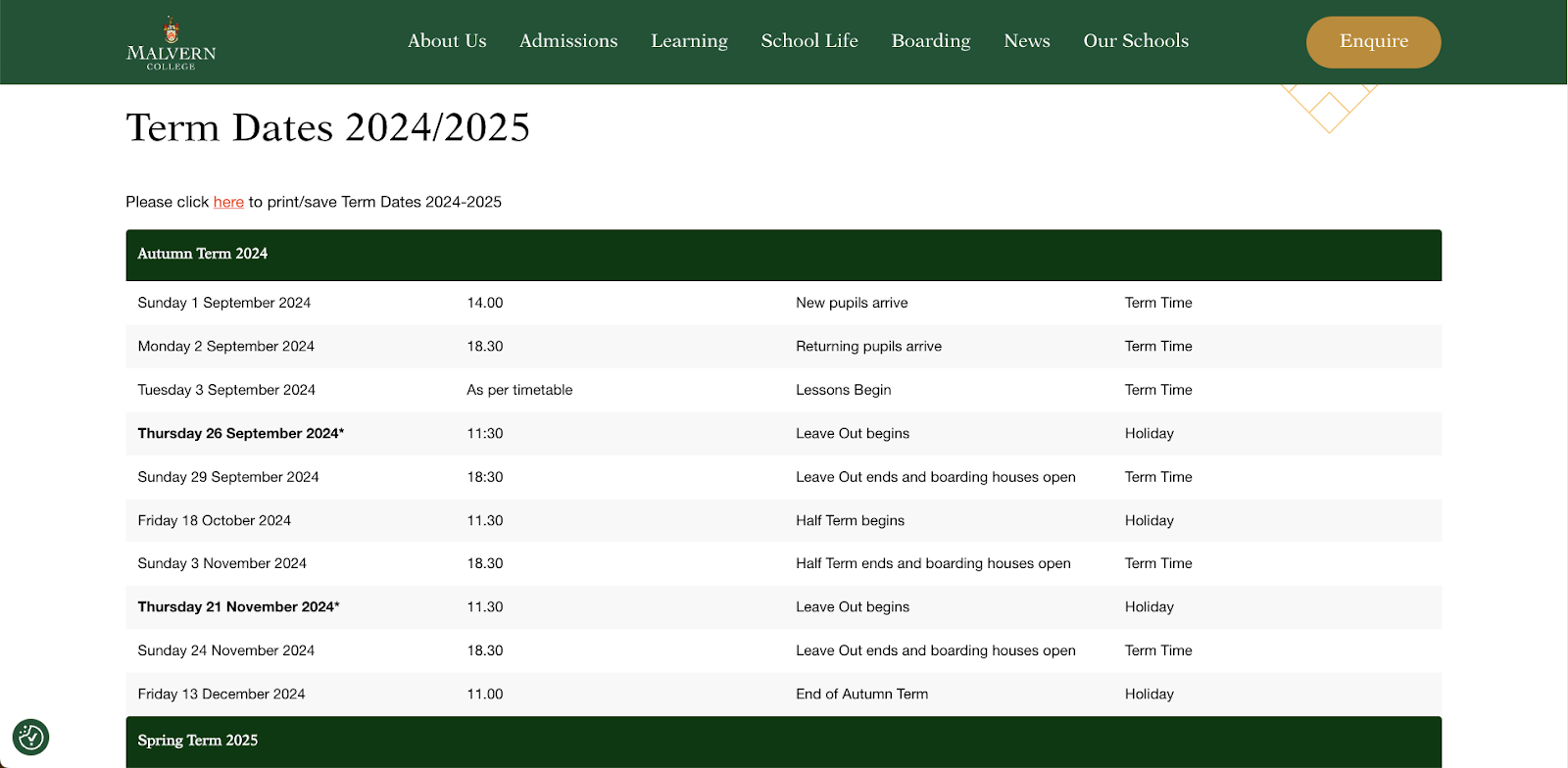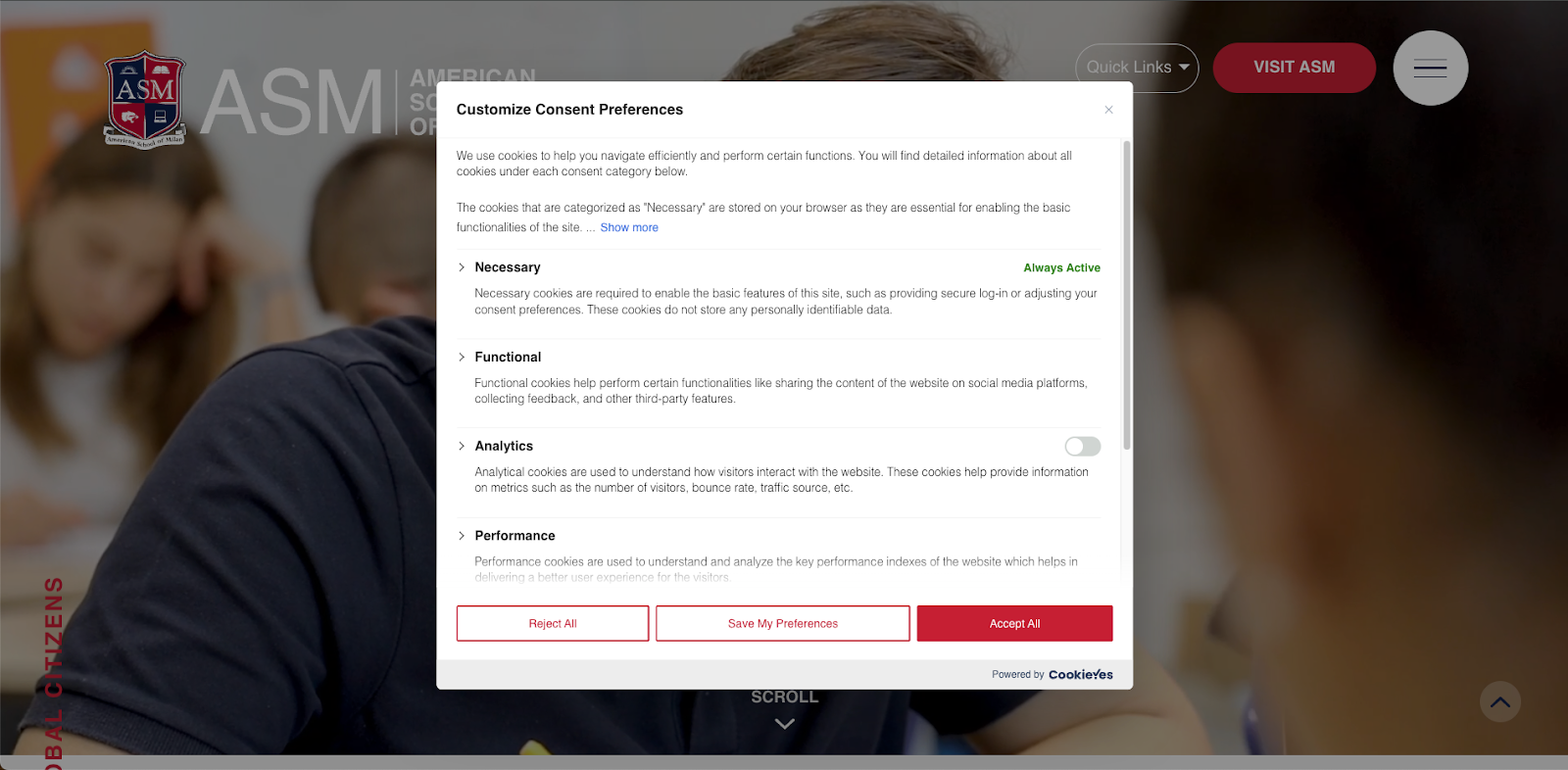As the summer break comes to an end, we share some tips on how your international school can get a digital headstart on the new academic year.
How can your International School get a headstart on the new academic year
Before you know it, vacant hallways and classrooms of international schools worldwide will be abuzz once again with pupils fresh from their summer break.
And whilst many enjoyed a well earned rest, it’s likely that many Marketing and Admissions teams were very much ‘on the clock’ and taking advantage of the calm to prepare for the upcoming academic year.
So with that in mind, we thought we’d offer a helping hand and share our top tips on how international schools can prepare for the new year, to get a ‘digital headstart’ on another successful school year.
Ensure your international school is efficiently tracking ad spend
Tracking your online ad spend is absolutely crucial to ensure that your marketing efforts are yielding the desired results and return on investment.
When you’re investing in digital ad spend, it’s important that you really define your objectives and understand how you will measure the success and ROI of your campaign.
Whether you’re measuring the success of your investment on key performance indicators like click-through rates (CTR), cost per click (CPC), conversion rates or cost per acquisition (CPA), centralised tracking platforms such as Google Analytics 4 and Google Tag Manager can be utilised to monitor and track this data effectively.
On a top level the Acquisition > Traffic Acquisition report on GA4 can show you where your website traffic is coming from.

The Traffic Acquisition Report from Google Analytics 4 can provide insight on what ads are driving traffic to your international school website.
And if you want to go really granular, you can add UTM parameters to your campaign URLs to track the source, medium and campaign name to really see which ads are driving the most traffic and conversions.
With more efficient tracking in place, your school’s marketing team has the insight needed for regular review and adjustment of ad spend by assessing performance and making adjustments as and when needed.
Equally comprehension of what works and what doesn’t is essential to shaping your international school’s digital marketing strategy.
Update and Purge Out of Date Content
When visitors land on your school website, they expect to see current, accurate information, but if they instead find outdated or irrelevant content, this could be of massive detriment to the user experience.
This is because outdated content can make your website look neglected and as such could tarnish your professional and credible reputation.
Therefore before the new academic year starts, set some time aside to update your time sensitive content, such as Term Dates, Fees and Charges, Events e.g. Open Days and any new assets such as Prospectus’, legal disclaimers and privacy policies.

An example of updated content on the Malvern College school website. Notably the term dates for the upcoming academic year.
This is also a great time to purge any content or assets that are no longer required or relevant, which will free up server space that could potentially lower hosting costs and improve site performance.
If you’re chopping a changing content, we’d advise making sure that you have a platform like SEMRush or Screaming Frog on hand to audit the site post purge – this ensures that your edits have not caused issues with broken links which could be harmful to your website SEO.
Restrict School IP in Google Analytics 4
If you have multiple devices within the school that visit the website often, this can artificially inflate your traffic numbers and skew key analytical data like page views, sessions and user behaviour.
Therefore excluding your school’s IP via Google Analytics 4 will ensure that the picture your data presents is a reflection of genuine user engagement.
So how can you restrict your IP?
- Identify Your IP Address
Find Your IP Address by searching “What is my IP” on Google and take note of your address. - Create a New Data Stream in GA4
Go to your GA4 property and click on Admin cog in the bottom left corner.
Under the Data collection and modification panel, click on Data Streams.
Select your web data stream. - Define Internal Traffic
Within your selected data stream, scroll down to the Google tag section and then click on Configure tag settings.
Under Settings, click Show more and then Define Internal Traffic.
Click the Create button to set up a new rule.
Give your rule a descriptive name (e.g., “Office IP Traffic”).
Set the match type to either “IP address equals” or “IP address begins with,” depending on your needs.
Enter your IP address.
Click Create to save the rule. - Create an Internal Traffic Filter
Go back to the Admin panel.
Under the Property column, click on Data collection and modification > Data Filters.
Click on Internal Traffic.
Choose the Filter State as “Active” to start excluding the traffic immediately.
Save the filter, and it will now exclude the defined internal traffic from your reports.
Need some help? Get in touch if you need assistance to restrict your international school’s internal traffic.
Make sure that you’re compliant with Google Consent Mode V2
In March, Google rolled out Google Consent Mode V2 to support their commitment to privacy and data protection.
Consent mode allows web users to define their cookie identifier consent status to Google, basically giving them more control over how website’s are tracking their data.
If your site doesn’t have a compliant cookie banner, your performance data is at risk as key tracking data from GA4 and Google Tag Manager won’t be accurate – you could also be at risk of potential legal issues.
To find out more about how to make your website compliant with Google Consent Mode V2, or to request a FREE compliance audit, you can view our previous article, Google Consent Mode – Is your website compliant?.

American School of Milan utilise the CookieYes cookie banner, a Google Consent Mode V2 compliant banner, that ensures they’re ticking Google’s boxes for user privacy and data protection.
Our takeaways
Getting a digital headstart on the new academic year involves ensuring your international school’s online presence is both current and effectively managed.
By tracking ad spend with precision, updating and purging outdated content, and implementing technical adjustments like restricting school IPs in Google Analytics 4, your international school can enhance its digital marketing strategy and improve website performance.
Moreover, staying compliant with Google’s latest privacy standards ensures that your data collection is both accurate and legally sound.
By taking these steps, your school will be well-positioned for a successful academic year ahead.
If you’d like any help, or would like to chat about how to put these handy tips in practise, please get in touch with our team – we’ll be happy to help.

